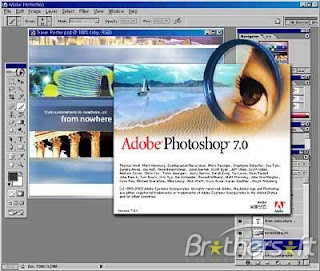
This collection will appeal not only to educators, but to anyone invested in better understandingand perhaps participating inthe significant shift towards everyday people producing their own digital media. Each chapter opens with an overview of a specific DIY media practice, includes a practical how-to tutorial section, and closes with suggested applications for classroom settings. Specific DIY media practices addressed in the chapters include machinima, anime music videos, digital photography, podcasting, and music remixing. It’s a good place to get started and orient yourself with the major functions, and all of it is gratis.

There is also a wealth of content for prior versions like Photoshop CS3 and CS4. As such, it is organized around three broad areas of digital media: moving media, still media, and audio media. The first stop is Adobe TV, which has nearly four hours and 37 chapters of 100 free tutorials for Photoshop CS5 alone. This book is very much concerned with engaging students in do-it-yourself digitally mediated meaning-making practices. Once the installation is complete, you need to.

Once you have the download, open the file and follow the on-screen instructions.

First, go to Adobe’s website and select the version of Photoshop that you want to install. DIY Media addresses this issue head-on, and describes expansive and creative practices of digital literacy that are increasingly influential and popular in contexts beyond the school, and whose educational potential is not yet being tapped to any significant degree in classrooms. Installing Adobe Photoshop is relatively easy and can be done in a few simple steps. Schools remain notorious for co-opting digital technologies to business as usual approaches to teaching new literacies.


 0 kommentar(er)
0 kommentar(er)
